Flowering Plants
“Just living is not enough. One must have sunshine, freedom, and a little flower.”
Hans Christian Andersen
Plants that grow food are very popular right now. I love edible landscaping as much as the next guy, but we need food for the soul as much as we need food for our bellies, and flowers are some pretty hearty food for the soul. A world without flowers would be a very bland place to live.
When you stop to think about it, it’s pretty strange how obsessed we are with the sexual organs of plants. We paint them on our walls, on our eating utensils, print them on our clothes, and we tattoo them on our skin. We don’t do that with the sexual organs of any other living thing, except for maybe, to a much lesser degree, mushrooms. We even like to stick our noses into them, too. It’s weird ok, just admit it. As weird as it is, I couldn’t imagine a world without them, or at the very least, I wouldn’t want to. It would be a rather bland world, indeed.
Flowers for sale
-

Chamaecostus subsessilis
$35.99 -

Cheilocostus speciosus
$19.99 -

Costus Barbatus
$19.99 -

Curcuma caesia
Black Turmeric $39.99
-
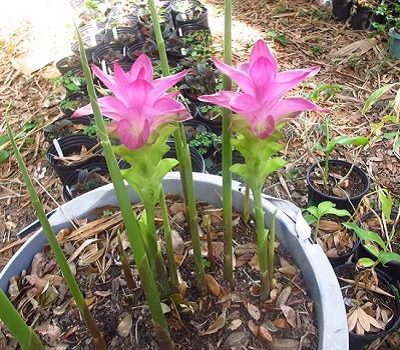
Curcuma elata
$19.99 -
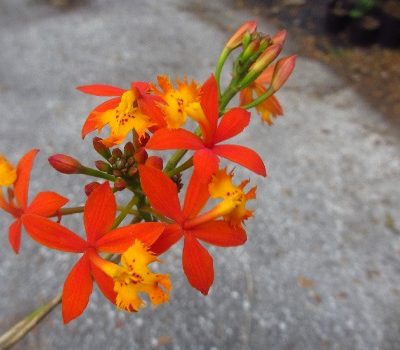
Epidendrum radicans
Mexican reed orchid $19.99
-

Hedychium coronarium
$19.99 -
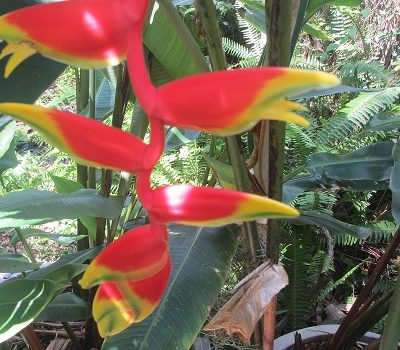
Heliconia rostrata
$44.99 -
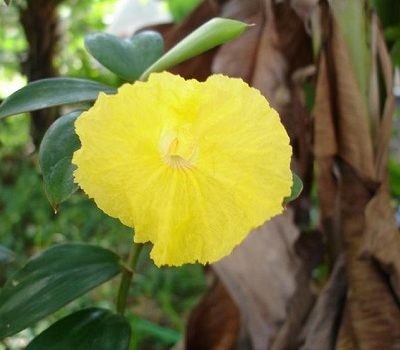
Monocostus uniflorus
$24.99 -
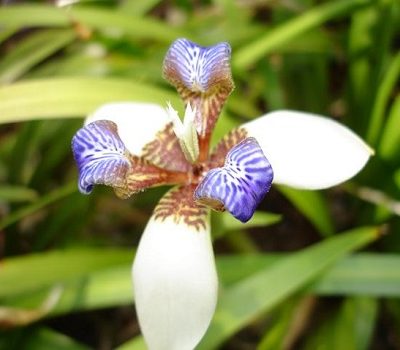
Neomarica gracillis
$14.99 -

Shell Ginger
$24.99 -
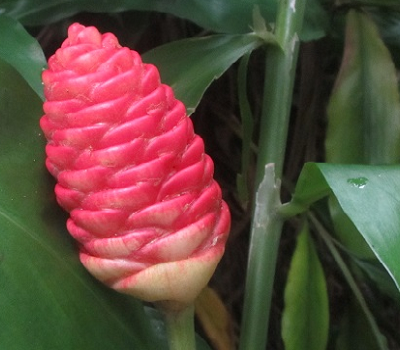
Zingiber zerumbet
$24.99
Orchids
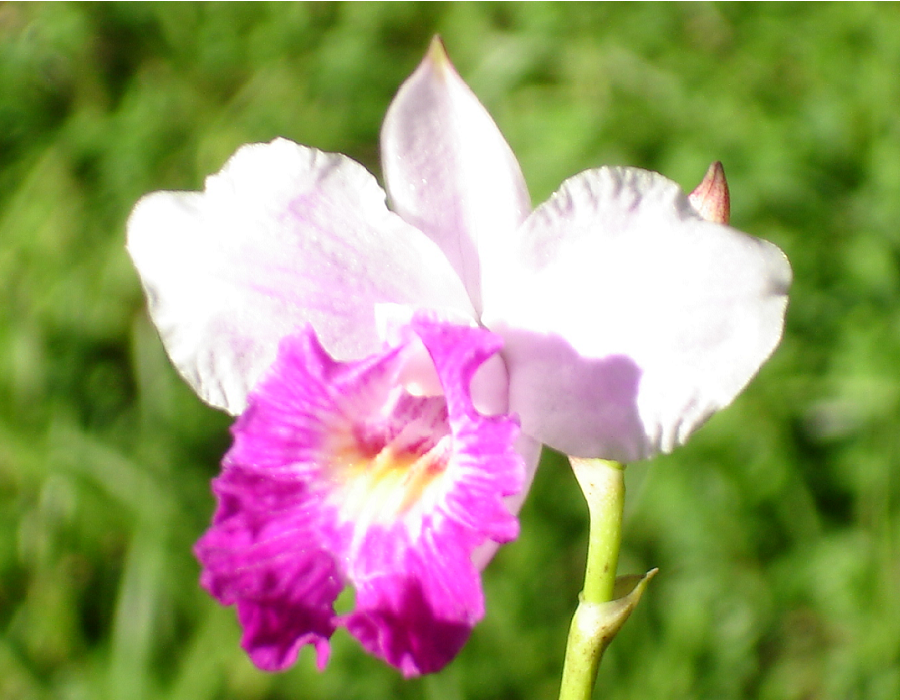
Orchids are one of the most fascinating of the plant families. They are found on every continent except Antarctica. They grow in jungles, temperate forests, and even in deserts. Some are epiphytes, others are terrestrial, a few are parasitic, and some are even aquatic. The orchids I propagate for sale are all terrestrial plants, and are a bit easier to grow than many of the epiphytic orchids.
Epiphyllum Cacti
Epiphyllum cacti are a very unusual group of tropical cacti from Central America. Like orchids, many hybrids have been bred, and the flowers can be absolutely stunning and huge. I confess, that I only grow the very large flowered cultivars. I am currently expanding my collection of these plants, so there will be new cultivars becoming available periodically.
More Epiphyllums here

Heliconias
Heliconias are possibly the most tropical looking plants of all. Both their exotic flowers, and their beautiful foliage invoke a tropical look to any garden or conservatory. I couldn’t imagine my garden without these exotic pendulous inflorescences and their tall, stately, pseudostems.
